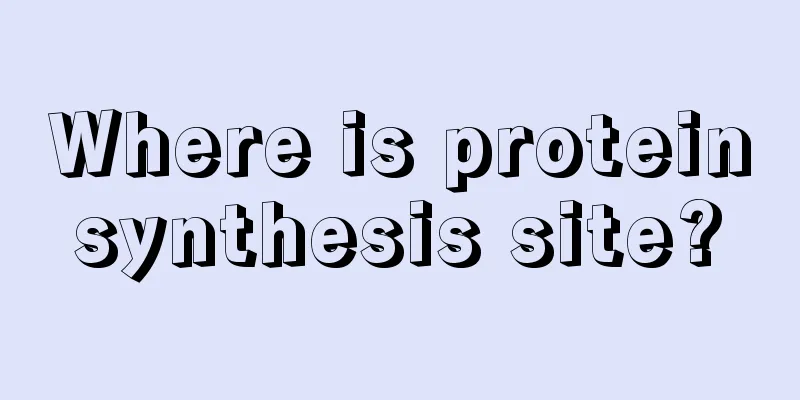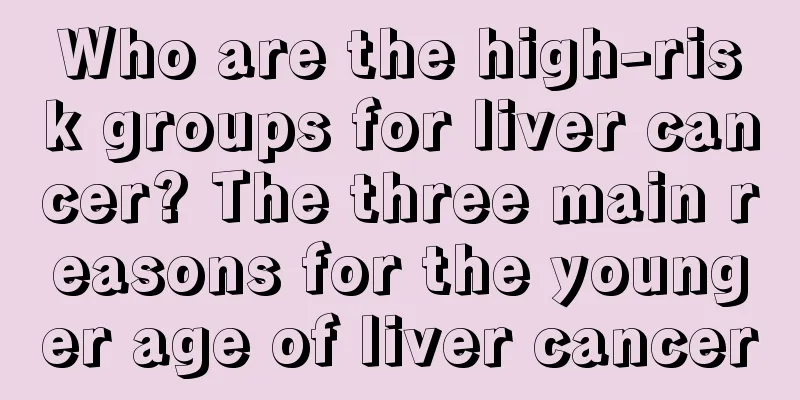Where is protein synthesis site?

|
Do you know what the nutrition that the human body needs most is? It is not vitamins, nor trace elements such as iron and zinc, but protein. It can be said that protein is everywhere in our human body. In fact, our human body is a protein processing factory. It obtains nutrients from food and then synthesizes protein after a series of digestion, conversion and absorption. So, where exactly is protein synthesis site? Synthetic Place The ribosome is like a small mobile factory that rapidly synthesizes peptide chains along the mRNA template. Aminoacyl tRNA enters the ribosome at a very high rate, transfers the amino acid to the peptide chain, and is then expelled from the ribosome from another location. The elongation factor also continuously binds and dissociates from the ribosome. The ribosome and additional factors together provide the active area for each step of protein synthesis. Synthesis process There are many differences in the protein synthesis process between prokaryotes and eukaryotes. The process in eukaryotes is more complicated. The following focuses on the process of protein synthesis in prokaryotes and points out the differences between prokaryotes and eukaryotes. Protein biosynthesis can be divided into five stages: activation of amino acids, initiation of polypeptide chain synthesis, elongation of peptide chains, termination and release of peptide chains, and processing and modification after protein synthesis. Biological Regulation The rate of protein synthesis in organisms is regulated and controlled primarily at the transcription level and secondarily during the translation process. It is affected by many factors such as gender, hormones, cell cycle, growth and development, health status and living environment, as well as changes in numerous biochemical substances involved in protein synthesis. Since translation and transcription in prokaryotes are usually coupled and the life span of mRNA is short, the rate of protein synthesis is mainly determined by the rate of transcription. Attenuation is a way of regulating translation rate by first affecting transcription through excess or deficiency of translation products. The structure and properties of mRNA can also regulate the rate of protein synthesis. HCR two states Transcription and translation are not coupled in eukaryotes, and protein synthesis is generally slower than in prokaryotes. In addition to regulation mainly through transcription and post-transcriptional processing and the structure and properties of mRNA (such as cap structure and poly (A) tail, etc.) (see messenger RNA), studies on globin biosynthesis have shown that the eukaryotic initiation factor eIF-2 is a limiting factor for translation rate. Therefore, factors affecting eIF-2 can regulate the speed of translation. In vitro studies using cell-free preparations of mammalian reticulocytes indicate that in the absence of heme, there is no need to synthesize protein because hemoglobin cannot be formed. Experiments have shown that the regulation of heme is achieved through a protein called heme-regulated repressor (HCR). HCR has two states: active and inactive. Effect of heme Heme regulates proteins by affecting eIF-2. When heme is present, it inhibits cellular protein synthesis and can also promote protein synthesis in cells that normally do not synthesize hemoglobin, such as promoting protein synthesis in cell-free preparations of liver cancer cells, HeLa cells and ascites tumor cells. Inhibitors of protein biosynthesis Many protein biosynthesis inhibitors are highly specific, which is important for studying the mechanism of synthesis. Many clinically effective antibiotics work by specifically inhibiting protein synthesis in prokaryotes, inhibiting bacterial growth without harming human cells. By exploiting the differences in protein synthesis between the two types of organisms, it is possible to identify drugs to treat diseases caused by bacterial infections. The table lists some of the more important protein biosynthesis inhibitors, their sites of action and specificity. |
<<: Is aluminum sulfate a precipitate?
>>: What are the components of protein?
Recommend
What are the symptoms of upper body heat and lower body cold
Upper body heat and lower body cold is a physical...
A person with cerebellar atrophy can usually live for a few years. Treatment and care are the most important.
Cerebellar atrophy is most common among the elder...
There is a piece of flesh growing at the urethra opening, caused by genital warts
People usually don't pay any attention to the...
Why does my jaw become hard after taking diet pills
In life, many women choose to take diet pills whe...
Three major cancers fall in love with white-collar women
The incidence of cervical cancer, ovarian cancer ...
What kind of underwear is suitable for flat-chested women?
Women with small breasts tend to have low self-es...
Why has my stool been bleeding recently?
Autumn and winter are the two driest seasons of t...
What causes lymphoma
Lymphoma is a malignant tumor that mostly occurs ...
How to quickly eliminate mouth sores
Mouth ulcers usually need to be treated under the...
Can you tell brain cancer with your eyes?
Can brain cancer be seen with the eyes? There are...
How should thin people gain weight?
For obese people, losing weight is a painful thin...
How long will it take before I can walk after a broken toe
Toe fracture is also a common type of fracture pr...
Eight most popular detoxification tips
"Our bodies have the ability to remove waste...
What should you pay attention to in your diet before surgery for ovarian teratoma
Teratoma is caused by various types of vulvar mal...
What is the best time to treat fibroids
What is the best time to treat fibroids? Nowadays...









